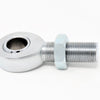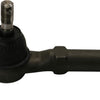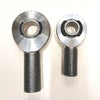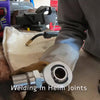Heim joints and what are they used for?
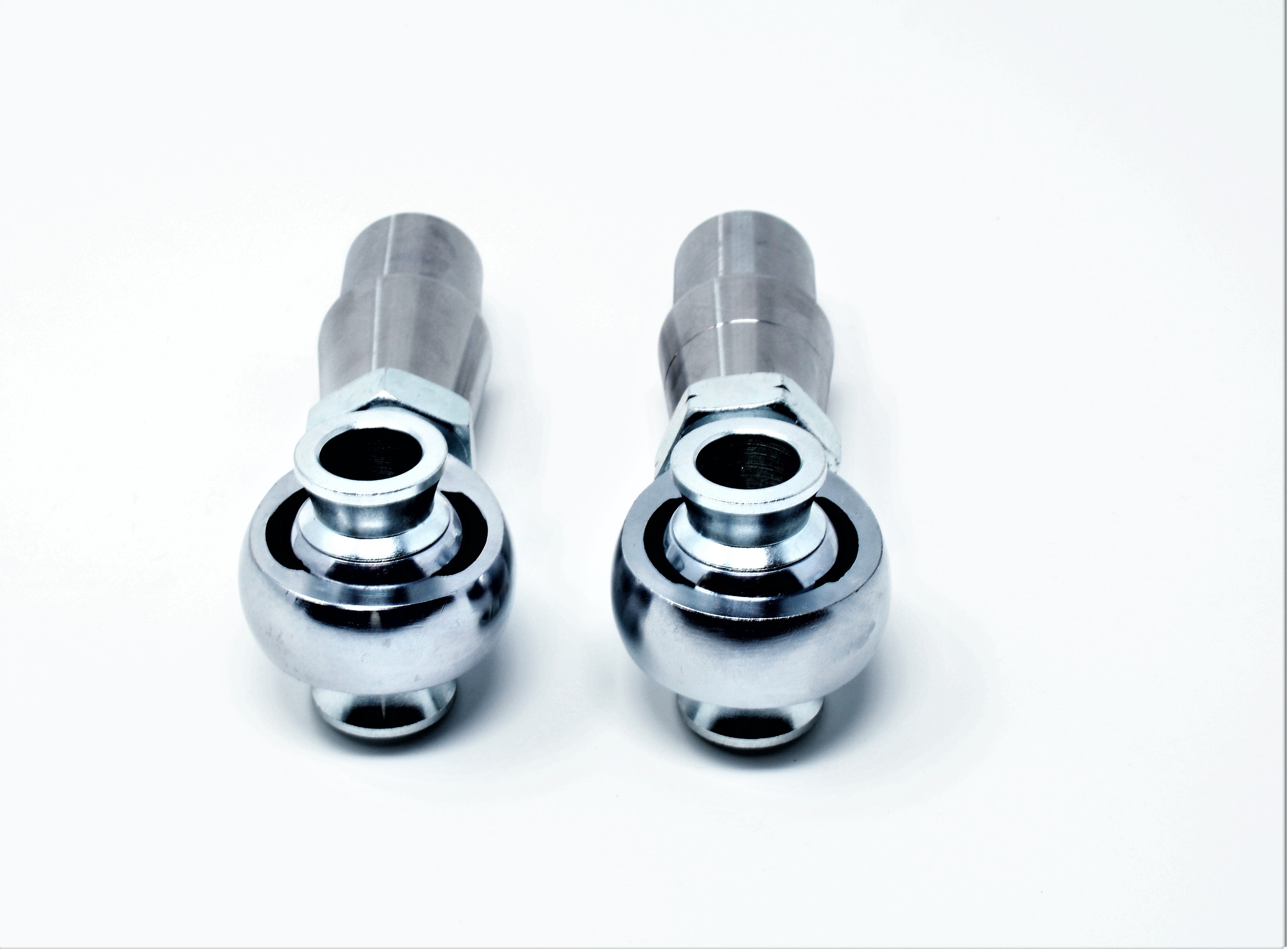
Heim joints and what are they used for?
At first glance, Heim joint rod ends look very simple, but before you start using them in a vehicle, you need to know a lot. Therefore, we assembled a small Heim connector 101 to help you choose the right rod end for your project.
What is a Heim's joint?
Heim joint (also known as spherical Heim bearing rod end) is a pivot joint that is commonly used in the automotive environment for custom off-road and racing steering, aerodynamics, and suspension systems-basically you want to connect to it Some room for clarity and adjustability anywhere.
Heim joints usually have a threaded shaft or hole at one end (although weld able Heim joints can also be used) and a ball rotating Heim bearing at the other end. The ball will be drilled to accept bolts or other forms of mounting hardware. This creates a flexible joint that allows angled installation and a certain range of movement.
What are Heim joints used for?
Heim's joints are commonly used for steering of four-wheeled vehicles and racing cars because their size is even much larger than the "one-ton" tie rod end. ...
Are Heim Joints Street legal?
Without understanding each specific state's laws and vehicle applications, it is difficult to answer with a clear "yes" or "no". Although inspections in some states do have strict guidelines on vehicle suspension modification, other states have little or no inspection process. Therefore, the best way to be sure is to check your local state regulations before making any major suspension modifications to your vehicle.
But there is one more thing to consider: In any case, the Heim joint may not be suitable for your street driving vehicle. When used in suspension systems, they can introduce vibrations into the cabin and cause a harsh ride experience. They also need to be checked and tightened to minimize the rod end play. Depending on the type of Heim fittings you buy, you may find that they wear out faster than the ends of traditional booted tie rods-which mean you can spend more time and money repairing or replacing them.
Why use Heim's joints?
Many off-road riders and racers like Heim joint kits because they are durable and adjustable. (They are also available in large a size, which is definitely helpful for drilling rigs running over sized tires or in situations where they might grind rocks.)
Although it is important to understand this, although Heim joints can adapt to things such as steering motion, chassis bending and suspension articulation, they are not immune to restraint and breakage. Therefore, not only is it important to ensure the correct suspension geometry, you must also ensure that the Heim's joints are adjusted correctly to reduce play and tilt in the system.
Heim Joints vs. Ball Joints vs. Tie Rod End
It's easy to confuse here because the terms tie rod end, ball joint, and Heim's joint are often used interchangeably-they shouldn't be. So let's make things clear.
Although they use a spherical gimbal design similar to Heim's joints, the spherical joints are usually located on the control arms of your vehicle and allow the front axle to pivot in a range of directions while the suspension is running. The end of the tie rod in the steering system connects the steering rack to the main shaft so that the wheels can move left and right when turning the steering wheel.
Heim joints refer only to rod end designs and are unlikely to be found in stock OE suspensions or steering systems.
-
Posted in
Heim Joints, jeep, johnny joint, off road, Racing suspension, toyota, trac bar, ultrta 4 racing


